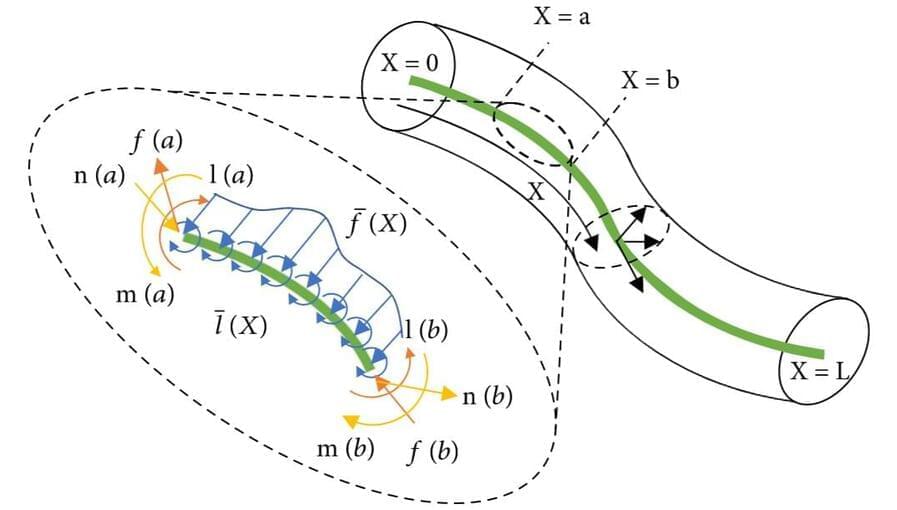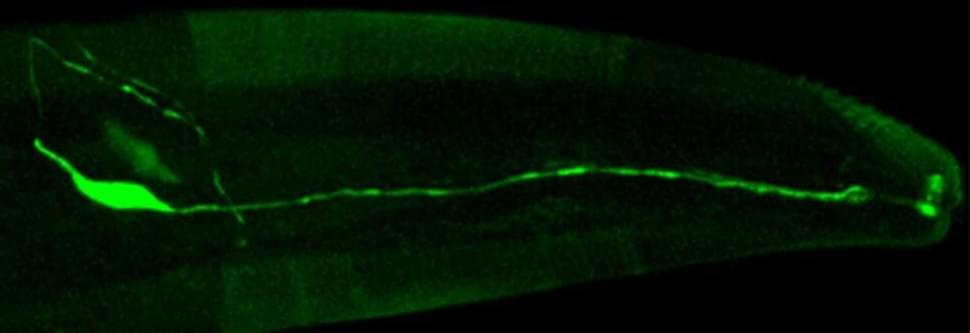Get a Wonderful Person Tee: https://teespring.com/stores/whatdamath.
More cool designs are on Amazon: https://amzn.to/3wDGy2i.
Alternatively, PayPal donations can be sent here: http://paypal.me/whatdamath.
Hello and welcome! My name is Anton and in this video, we will talk about new updates from James Webb Space Telescope.
Links:
https://arxiv.org/abs/2207.11658
https://webb.nasa.gov/
https://arxiv.org/abs/2208.14990
JWST captures the previously spotted Einstein Ring Galaxy SPT-S J041839-4751.8 with MIRI
byu/Spaceguy44 injameswebb
https://www.sciencealert.com/astronomers-discover-clouds-of-…ailed-star.
https://arxiv.org/abs/2209.00620
https://exoplanets.nasa.gov/news/1670/nasas-roman-mission-wi…wn-dwarfs/
R136a1 updates: https://youtu.be/JJYTqn9uQpI
Most distant star: https://youtu.be/nuWuTTHOAOo.
#jwst #jameswebb #jameswebbspacetelescope.
Support this channel on Patreon to help me make this a full time job:
https://www.patreon.com/whatdamath.
Bitcoin/Ethereum to spare? Donate them here to help this channel grow!
bc1qnkl3nk0zt7w0xzrgur9pnkcduj7a3xxllcn7d4
or ETH: 0x60f088B10b03115405d313f964BeA93eF0Bd3DbF
Space Engine is available for free here: http://spaceengine.org.
Enjoy and please subscribe.
Twitter: https://twitter.com/WhatDaMath.






